Mild hybrid (MHEV)
Mild hybrids typically produce electricity via additional parts such as a small additional battery or an integrated starter-generator. The energy produced is generally short lived.

We have 20,013 Hybrid cars in stock. All cars come with 12 months free breakdown cover (or a discounted upgrade if you're an AA member) and £75 off your next service & MOT.

London

London

London

London

London
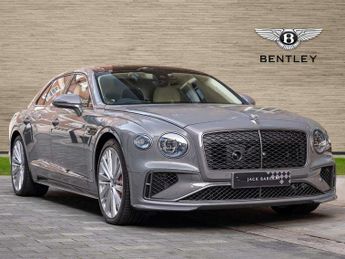
London
Mild hybrids typically produce electricity via additional parts such as a small additional battery or an integrated starter-generator. The energy produced is generally short lived.
Self-charging hybrids, as their names suggest, don't need plugging in but can only travel for short bursts with the engine off, predominantly around town.
Plug-in hybrids can typically be charged from empty to full in a few hours, and can then travel far more electric-only miles than other types of hybrids.


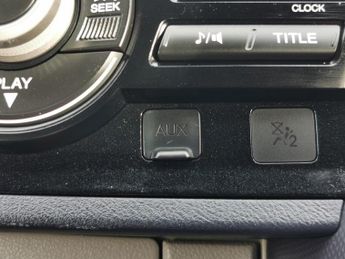
Uxbridge
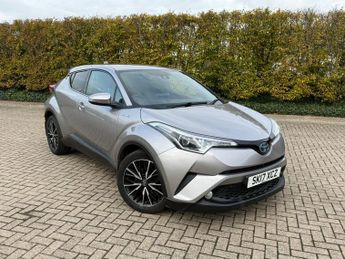
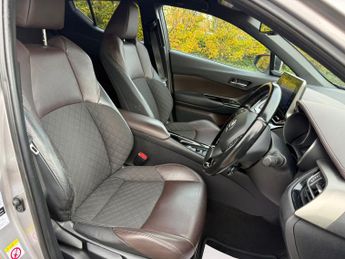

Ruislip
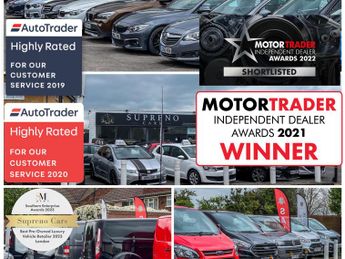

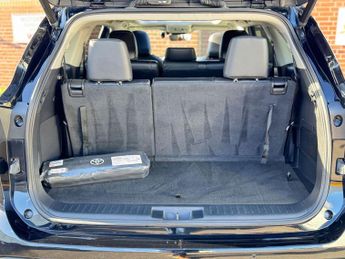
Ashford

London

London

London

London

London

London
Our breakdown cover includes EV and Hybrid vehicles, with no extra premium to pay.
Get a breakdown quoteComprehensive cover that includes plug-in hybrids and electric cars as standard.
Get an insurance quoteHybrid cars utilise both a petrol engine and an electric motor to power the vehicle. The electric motor can assist the engine to improve fuel economy. Some modern hybrid cars can also run on full electric power for short distances. There are three main types of hybrid cars on offer: mild-hybrid, full hybrid and plug-in hybrid. Mild hybrids feature a small electric motor/generator that works with the engine and assists during acceleration or in traffic. The system mostly depends on regenerative braking to charge the batteries, and this energy is then used to assist the engine and thereby improve fuel efficiency.
Full hybrids utilise an engine, an electric motor or a combination of both to drive the car. This system is more complicated than mild hybrids as they can switch between electric and engine power depending on various factors. Often, a full hybrid can also run on full electric power at low speeds. Similar to mild hybrids, the battery will be charged via regenerative, or the engine can be used to charge the batteries. Compared to mild-hybrids, full hybrids offer a significant advantage when it comes to fuel efficiency.
Plug-in hybrids are similar to electric vehicles as they come with bigger batteries that need to be plugged in to be charged. This also means PHEVs can offer a longer fully electric range, ideal for short commutes and day-to-day driving. But the real advantage of a PHEV is that it gets rid of range anxiety. Since the PHEV features an engine, you could use that to power the car when required and for longer journeys.
All dealers have committed to AA Cars Standards to give you peace of mind.
Vehicle history, MOT, mileage, accident and police reports are all checked - on every vehicle.
12 months free breakdown cover (or discounted upgrade if you're an AA member) and £75 off a Service & MOT. T&Cs apply.